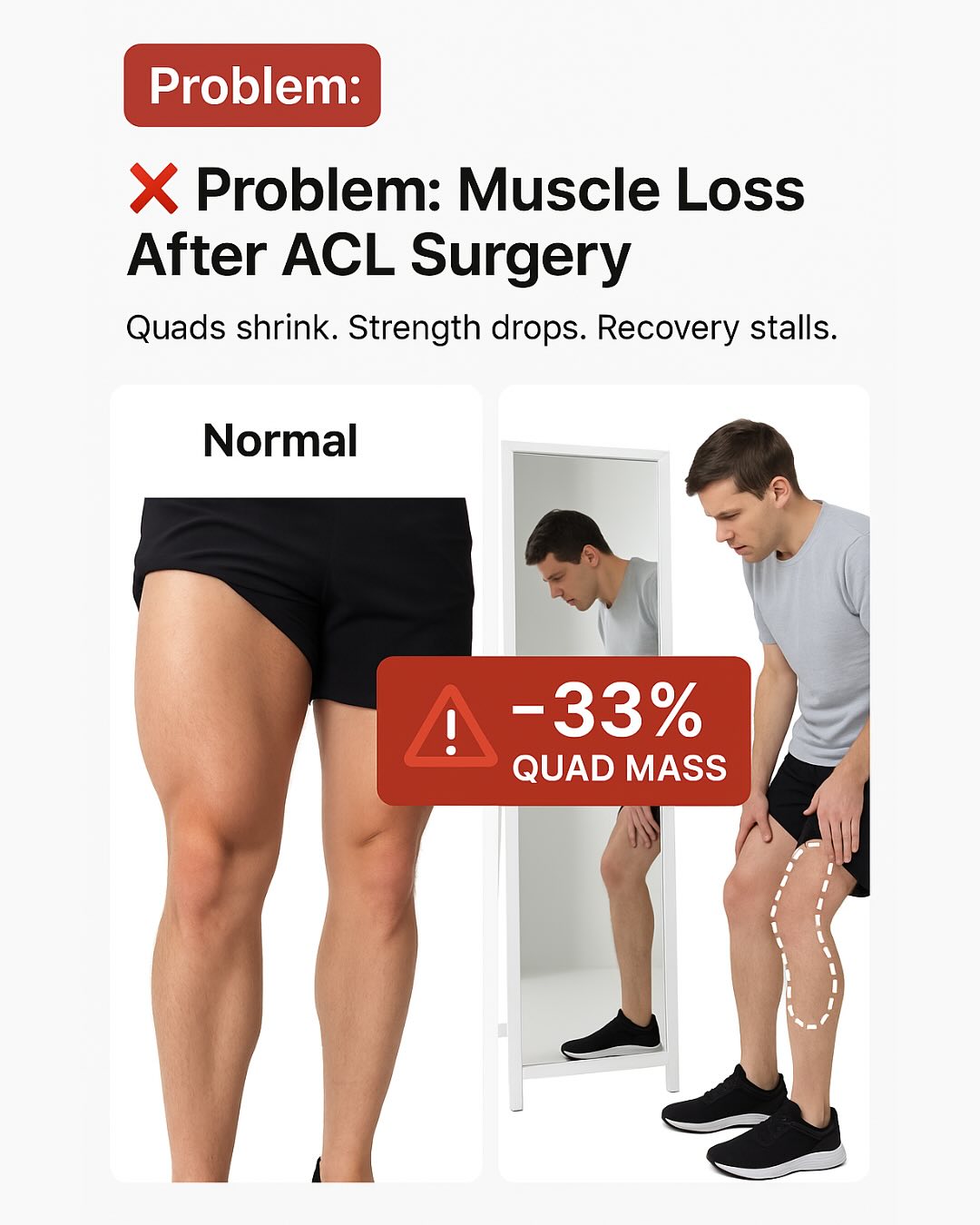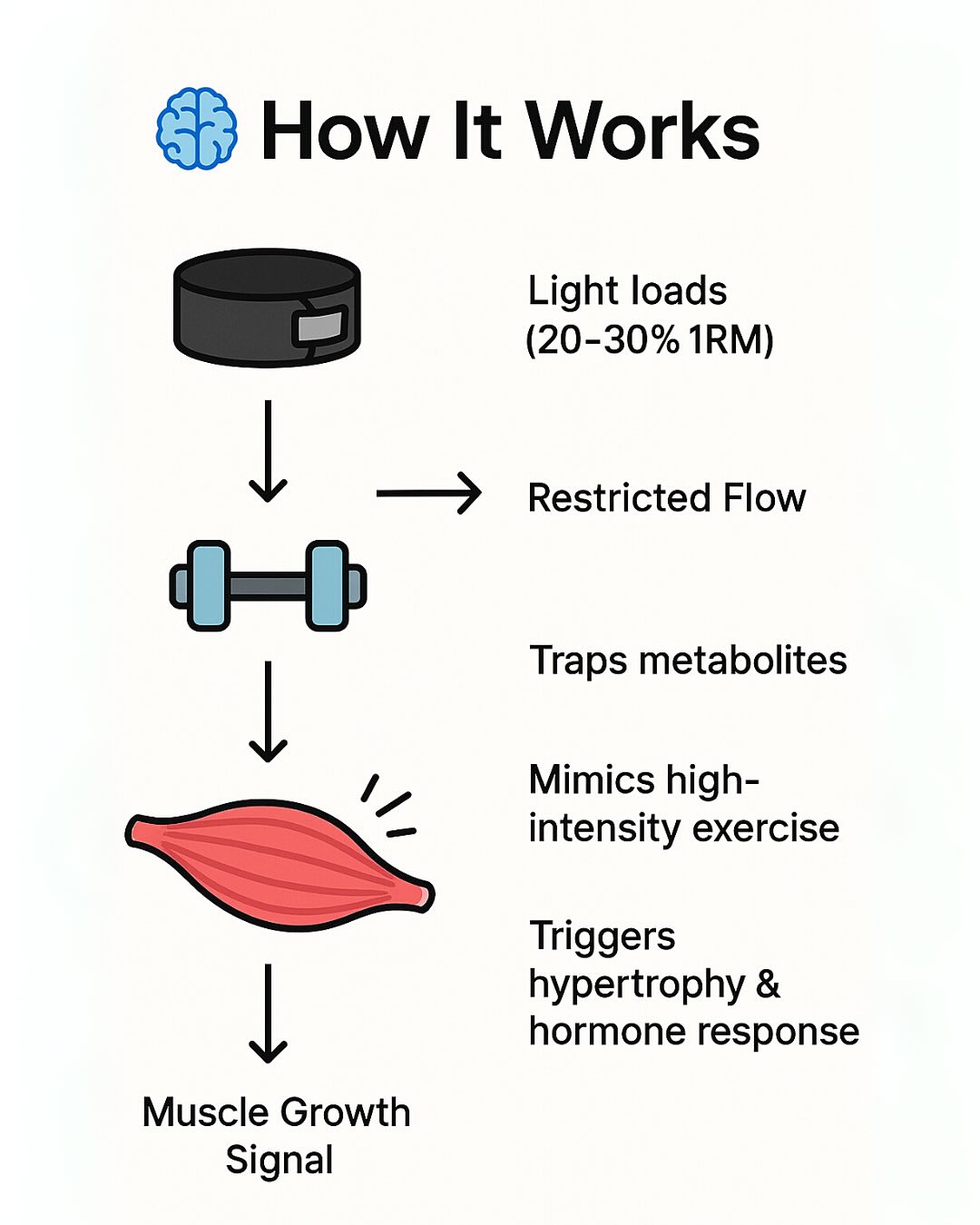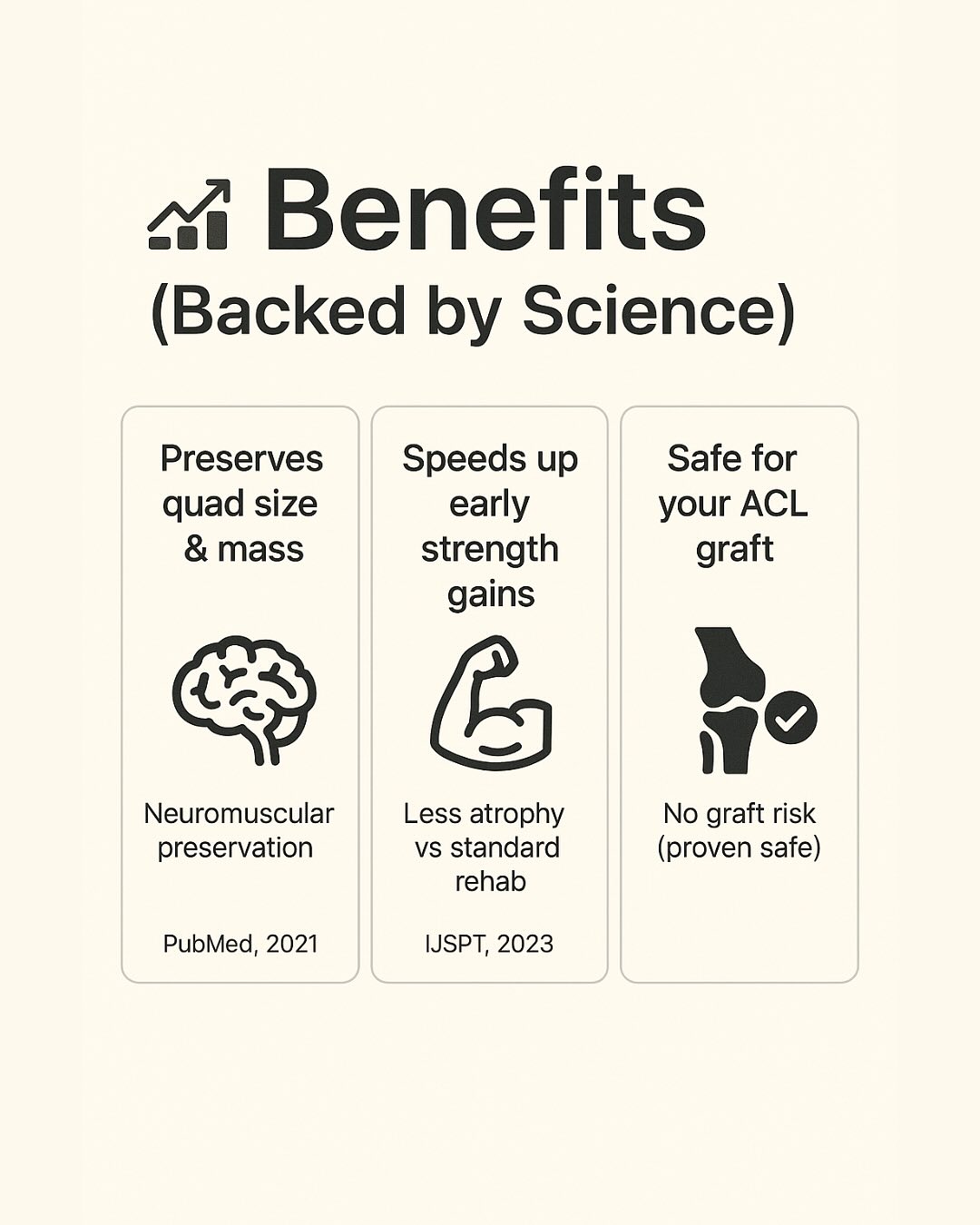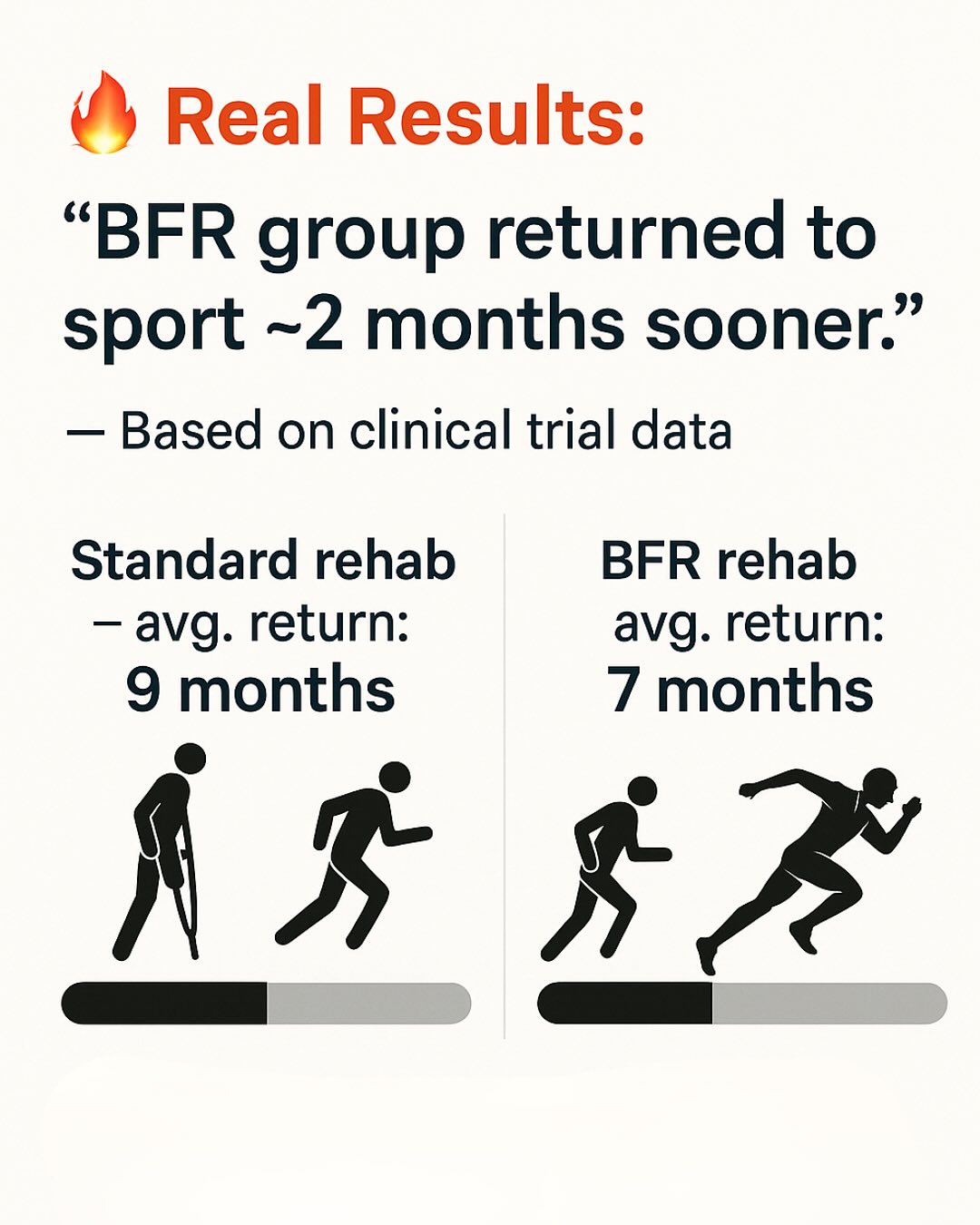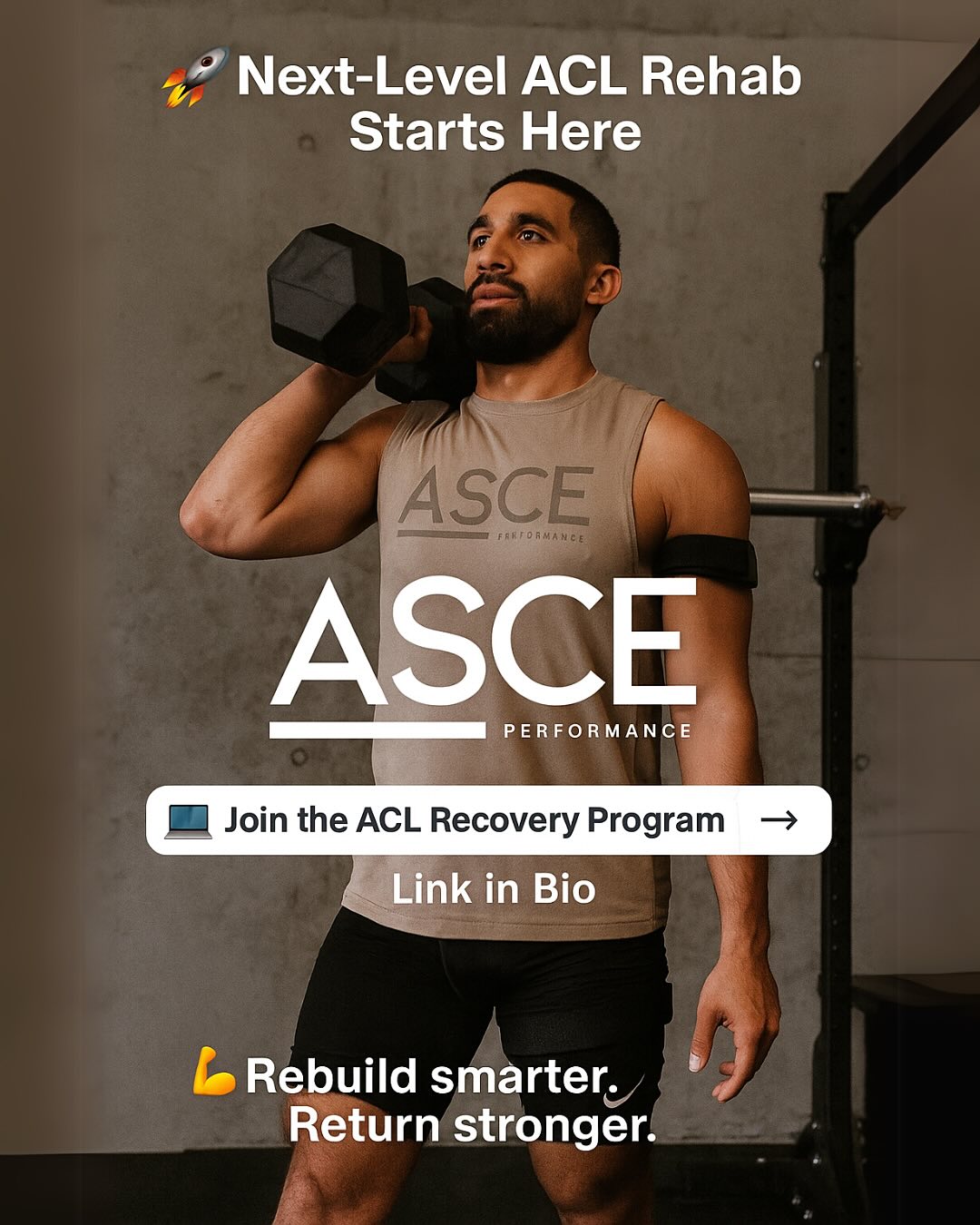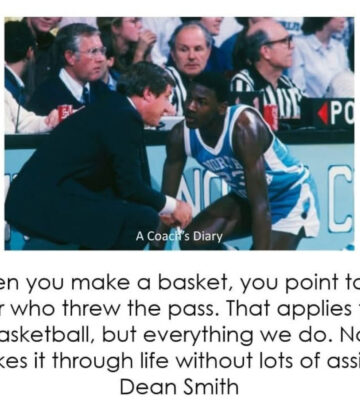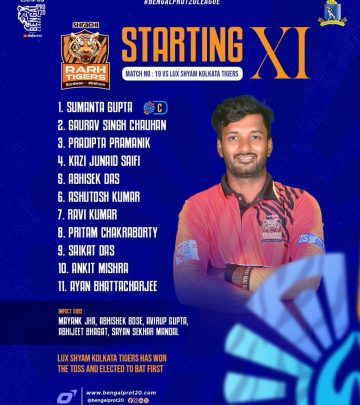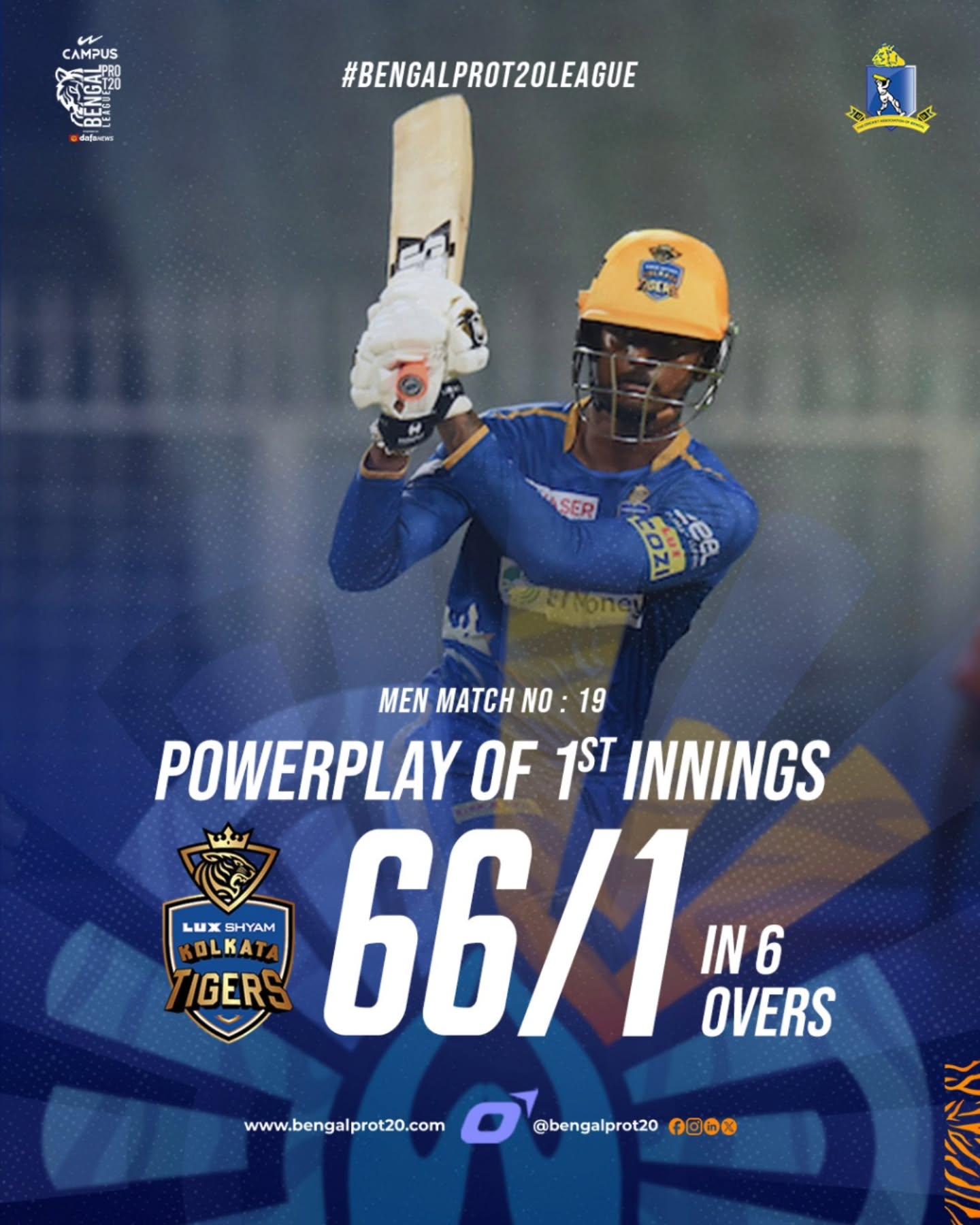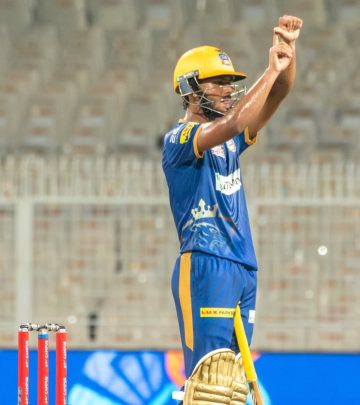Build Strength Safely After ACL Surgery
Muscle loss post ACL surgery can slow your comeback. Try BFR training for safe, swift gains!
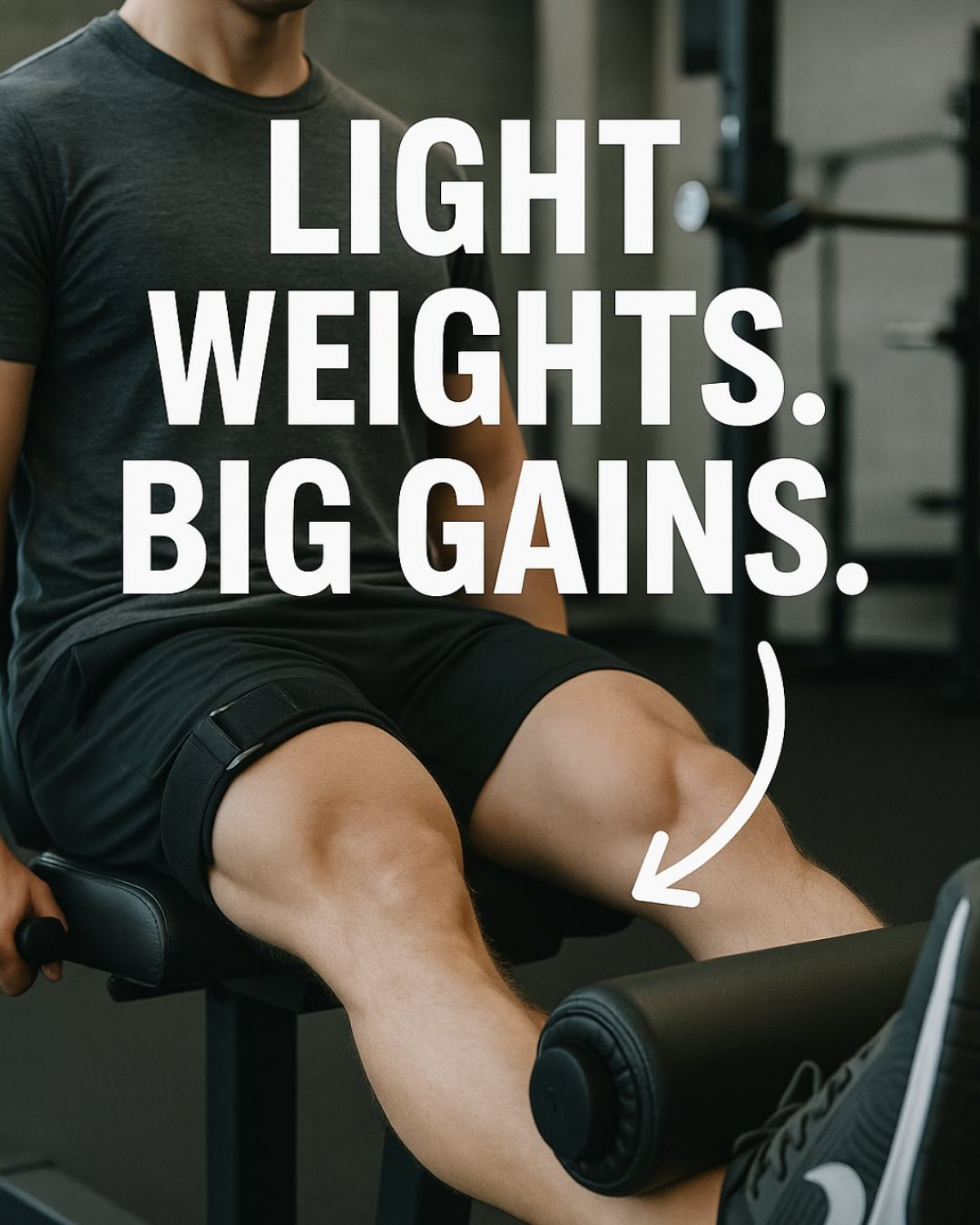
Image: Instagram
Athletes and active individuals know that the road to recovery after ACL surgery is often paved with challenges. One of the most common hurdles is muscle loss, particularly in the quadriceps, which can delay a full and speedy return to competition. Recent discussions on social media and among rehabilitation experts have spotlighted a promising solution—Blood Flow Restriction (BFR) training.
What Is Bfr Training?
Blood Flow Restriction involves using specialized bands or cuffs to limit blood flow to working muscles during low-weight exercises. While it might sound counterintuitive, this controlled restriction stimulates muscle growth and strength without placing undue stress on a healing knee. This method has emerged as a powerful tool in the post-operative rehabilitation arsenal, allowing individuals to rebuild muscle mass safely while reducing the risk of further injury.
The innovative approach addresses a significant post-surgery issue: the dramatic shrinkage of the quadriceps muscle. After an ACL repair, many patients experience rapid muscle loss, which not only weakens the leg but also prolongs the recovery period. BFR training helps to counteract this problem by activating the muscles with lighter weights—thereby avoiding the high loads that could compromise the graft or the healing tissues.
Combating Quad Shrinkage
The process works by triggering a cascade of physiological responses. When blood flow is partially restricted during exercise, the muscle experiences a hypoxic environment. This signals the body to work harder, recruiting more muscle fibers and initiating protein synthesis at a much faster rate than typical weight training might achieve. As a result, even though the exercises use light weights, the gains in muscle size and strength can be substantial.
Clinical studies and anecdotal evidence from rehabilitation experts back the efficacy of BFR. Recent research has suggested that patients who include BFR in their recovery programs not only regain strength faster but also experience a safer rehabilitation process overall. The scientific rationale—and positive real-world results—make a strong case for incorporating this technique into ACL recovery regimens.
Science-backed Rehab Solutions
What sets BFR training apart is its safety profile when compared to traditional strength training. Since it uses low loads, there is minimal risk of stressing healing tissues. This is particularly important for those recovering from ACL surgery, as it minimizes the chance of re-injury. The approach is built on evidence that even modest exercises, when combined with proper blood flow restriction, can yield significant improvements in muscle function and size. Moreover, early return to sport has been observed in many cases, underscoring the potential for BFR to flip the script in post-operative rehabilitation.
Experts have broken down the process into easy-to-follow steps. For example, the eight-slide carousel recently shared on social platforms outlines key points: an introduction to BFR, the challenge of quad shrinkage post-operation, the method of employing light weights for big gains, and the overall faster, safer path to regaining strength. Real-life results include not only physical improvement but also a psychological boost—patients start to see that recovery doesn’t have to mean a long, arduous journey.
A New Approach To Safe Recovery
Celebrity sports enthusiast Alan Salgado Espino, known on social media as @dreamchaserr.__, recently highlighted the benefits of integrating BFR training in his ACL rehabilitation program. His endorsement brings both credibility and a tangible success story to what might otherwise seem like an experimental method. Alan’s journey from surgery to a rapid return to athletic performance demonstrates the real-world impact of using science-backed techniques to address muscle loss. His experience echoes the broader consensus among sports physiotherapists: early, safe stimulation of muscle groups is essential for a complete comeback.
The growing popularity of BFR training reflects a larger shift in rehabilitation strategies—one that prioritizes individualized, evidence-based care over generic recovery timelines. While traditional approaches often emphasized a rigid timeline (such as a six-month return to sport), modern protocols recognize that muscle strengthening, neuromuscular control, and even psychological readiness are equally important. In essence, effective rehabilitation isn’t about rushing back to sport; it’s about rebuilding strength smartly.
For those embarking on their ACL recovery journey, the message is clear: muscle loss is real and can hinder your comeback, but with targeted strategies like BFR training, you can rebuild strength without overloading your healing knee. Rehabilitation programs that incorporate these techniques are increasingly heralded as faster, safer, and more effective in re-establishing peak performance levels. Athletes are encouraged to explore BFR as a complement to their overall recovery regimen, ensuring that every step of their journey is supported by both scientific insight and real-world success stories.
In the competitive world of sports, optimizing every aspect of recovery is essential. Integrating safe, research-backed methods like Blood Flow Restriction training into rehabilitation protocols not only combats muscle loss but also sets the foundation for a robust return to activity. With continued research and more athletes sharing their successful experiences, BFR is fast becoming a key player in the future of ACL rehabilitation.
Whether you’re a professional athlete or an active enthusiast, understanding and implementing advanced rehabilitation techniques may be the key to unlocking a stronger, swifter comeback from ACL surgery.
Read full bio of Srijita De


